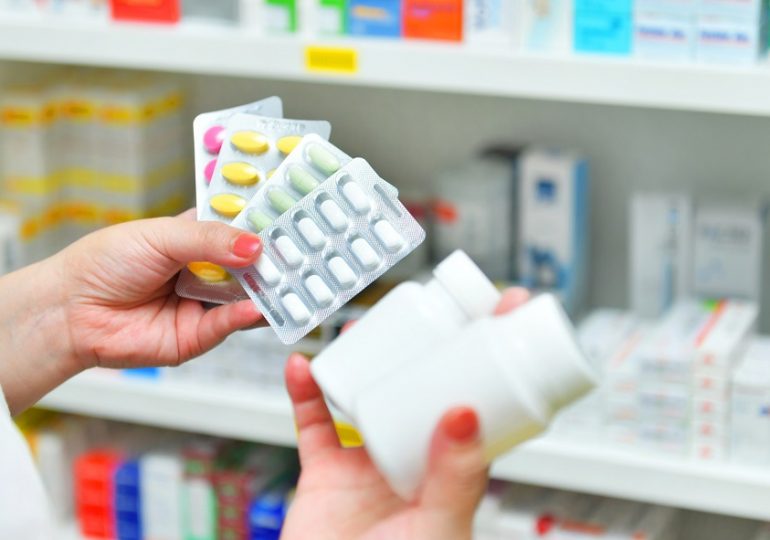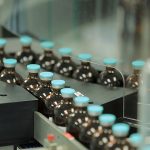Guaranteeing the quality of medicines and pharmaceutical products that are marketed throughout Peru on a daily basis is one of the main concerns of the State in the medical field. The good storage practices (BPA for its acronym in Spanish) are for that, being a set of rules that establish the requirements and operating procedures to be met by establishments that manufacture, import, export or store drugs, medical devices and medical devices. For what purpose? SCR Consultores brings you the answer in the following article that we prepared for you.
Knowing the Good Storage Practices Manual
Its purpose is clear: to guarantee the maintenance of the optimal conditions and characteristics of both the drug and the medical devices and sanitary equipment during the storage process. This is especially true for those products on the domestic market that, due to their chemical and/or physical nature, require special storage conditions. The Peruvian Manual or «guide» of good practices is based on international sources such as the World Health Organization (WHO) to keep its sanitary validity on track.
Some of the most important specifications of the document define that, first, the flow of the warehouse cannot be interfered by any operational or administrative activity. Likewise, the warehouse facilities must be clean and have a record of each of its operations. Actions such as smoking, eating, drinking or having plants must be indicated as prohibited. In the case of a drugstore, the good storage practices manual also states that if it has a quality control laboratory, it must be physically separated from the warehouse.
What areas should a storage facility have according to the manual?
According to the document shared by the Government of Peru, any storage facility that receives, stores and distributes medicines, sanitary or medical equipment nationwide must have the following areas:
- Reception. The reception area must be delimited and identified, equipped in such a way as to maintain the required conditions. Here the products presented by the supplier are reviewed and verified to ensure that they comply with the procedures.
- Storage. It should have two sub-areas: for products that require special conditions such as temperature, humidity, etc. and other much stricter ones, whose accessibility is restricted. For each case, a document must be prepared to justify its presence in such a place.
- Packaging. As its name suggests, it is implemented for the protection of pharmaceuticals, medical devices and medical devices to prevent them from falling prey to routine environmental and/or physical hazards.
- Dispatch. According to the good storage practices manual, this area is used for receiving products ready to be delivered to customers. The dispatch of products must be done in a way that avoids any confusion, considering documentation, labeling, batches, among others.
- Administration and claims. The administrative area is key to regulate the daily activities that take place within the storage. Likewise, in many cases, they are also the ones who manage customer complaints regarding the quality of drugs or sanitary equipment. Finally, they report the case for immediate correction.

How To Get It In 2024?
In Peru, the entity assigned to grant GAP certifications is the National Center for the Supply of Strategic Health Resources (CENARES) under license from the Ministry of Health. The legal basis for the good storage practices certificate is, according to a document shared by MINSA, related to the type of environment that is intended to pass the storage filter. Therefore, pharmaceutical warehouses are delicate places within factories or companies, since it depends on them that the supplies are well preserved.
The legal basis for the BPA certificate:
- Decision 706, Harmonization of Legislation on Domestic Hygiene Products and Absorbent Personal Hygiene Products.
- Decision 721, Andean Technical Regulation on the Requirements and Inspection Guide for the operation of establishments that manufacture Domestic Hygiene and Absorbent Personal Hygiene Products.
- Resolution 797, Regulation of Decision 516 on Control and Sanitary Surveillance of Cosmetic Products.
- Ministerial Resolution Nº 805-2009/MINSA, which approved Sanitary Directive Nº 031-MINSA/DIGEMID-V.01 «Sanitary Directive Regulating Drug Stability Studies».
- Law No. 29459, Law on Pharmaceutical Products, Medical Devices and Health Products.
- Supreme Decree Nº 014-2011-SA, which approves the Regulation of Pharmaceutical Establishments and its amendments.
- Supreme Decree Nº 016-2011-SA, which approves the Regulation for the Registration. Control and Sanitary Surveillance of Pharmaceutical Products, Medical Devices and Medical Devices and Medical Devices and its amendments.
- Decision 516, Harmonization of Legislation on Cosmetic Products.
- Decision 705, Circulation of samples of cosmetic products with no commercial value.
SCR Consultants at your service
Having explained this, one of the requirements that must be met in order to obtain TO BPA certification is that all buildings where pharmaceutical products are stored must have annexes and also contain information on: the size and location of the area, access control (including keys and locks) and the internal communications system. All this is stipulated in the MINSA Manual.
In conclusion, the good storage practices manual seeks to regulate the storage of pharmaceuticals, medical devices and medical devices at the national level to ensure that they are stored and handled under appropriate conditions. Learn more by Clicking Here.. You can also ask for the best advice and services on regulatory compliance and pharmaceutical, cosmetic and food quality by calling (511) 711 – 9070 or by sending us an email to jludena@scrconsultores.com.pe. You can find us at Calle Río de la Plata N° 305 – 315, San Isidro. We are waiting for you!






